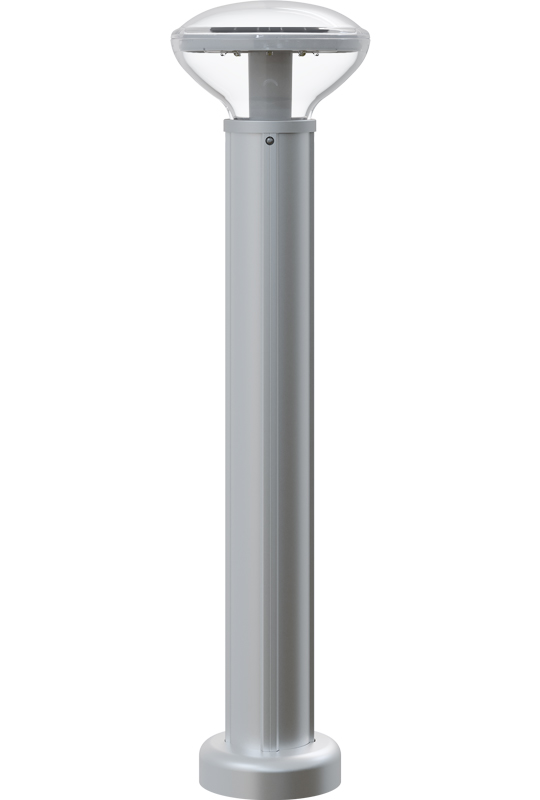Commercial Grade
What is Commercial Grade
Commercial grade products are designed Fit-For-Purpose to survive the harshest of environments and extreme temperature fluctuations, whilst consistently delivering reliable lighting across a wide range of applications. Despite certain solar lights claiming they are commercial grade their product design and quality are for residential application only.
What defines a Fit-For-Commercial-Purpose solar light?
Solar lighting products Fit-For-Purpose require these key manufacturing requirements to ensure a reliable and value for money asset outcome is achieved.
- Utilize the highest grade of componentry and raw materials.
- So, you won’t buy the product cheap
- Manufactured under ISO9001 & ISO14001 guidelines and specifications with a high-quality finish including:
- no moulding defects with perfect optical clarity
- can withstand extreme heat and subzero temperatures
- not susceptible to corrosion for 10 years
- If it does not match the above criterion, Most Likely It’s Not Commercial Grade
- Product certifications (IP, IK, LM-79, etc) tested through signatories of ILAC and APAC Mutual Recognition Arrangements certification.
- If it does not match the above criterion, Most Likely It’s Not Commercial Grade
- Warranted for 10 years including the battery and pole/stem.
- If it does not match the above criterion, Most Likely It’s Not Commercial Grade
- Winter solstice “REAL” battery autonomy of 4 nights.
- If it does not match the above criterion, Most Likely It’s Not Commercial Grade

What is Battery Autonomy
Fit for Commercial Purpose solar lighting systems require no less than 4 nights “REAL” battery autonomy based on the exact geographical location and winter solstice runtime required.
“REAL” Battery Autonomy, is defined as “the time during which the load can be met with the battery alone, without any solar inputs, starting from a “fully charged” battery state”
“MAXIMUM” Depth of Discharge – (DOD), is defined as “the battery discharge rate never exceeds 80% of its total rated full capacity or below a 20% State of Charge (SOC)” to ensure a long-life cycle of the battery.
Calculating Real Autonomy
From the product marketing MATERIAL FIND the
- Luminaire Wattage
- Battery Nominal Voltage
- Battery Total Capacity (Ah or mAh)
- to convert mAh to Ah divide by 1,000
- Lighting System Control Parameters
- how many hours at full power
- if using motion sensing/dimming
- how many hours dimmed
- % reduction of full power
Autonomy Calculator
Input relevant values collected from product technical specification data sheet to check if the solar light system is designed correctly with a minimum 4 nights battery autonomy.
The below calculator will let you select a drop-down list of locations based upon country preset already to simplify the calculation process.
These winter solstice sunset to sunrise hours when the lighting system is under maximum load during mid-winter.

NOTE: 3-4 rainy days autonomy is not “REAL” Battery Autonomy
Luminaire Testing
Buyers should be aware some manufacturers will make misleading claims about their luminaire Wattage or Total Lumen output.
To ensure the actual operating wattage or total lumens are correct to design the solar light power system, the seller through an accredited photometric laboratory undertake a LM-79 photometric test.
LM 79 is the Illuminating Engineering Society North America (IESNA) approved testing method to generate electrical and optical measurements of solid state lighting (LED) products. It was first used in the US Energy Star program in 2008 and has since become the international standard method for integrated LED & OLED products.
What is the LM-79 test methodology?
LM-79 prescribes the testing procedures and precautions including lab considerations, ambient conditions, electrical equipment and measurement equipment used for carrying out LED products testing. Measurements are done using either Integrating Sphere or Goniophotometer systems. Proper orientation / test position & stabilization of the luminaire are key for obtaining accurate results.
The LM-79 test must be completed in the following manner:
- Power supplied to the LED driver to power the LED modules
- CONNECTING DIRECTLY TO THE LED MODULE/S will give a false wattage, current draw, and total lumen value.
